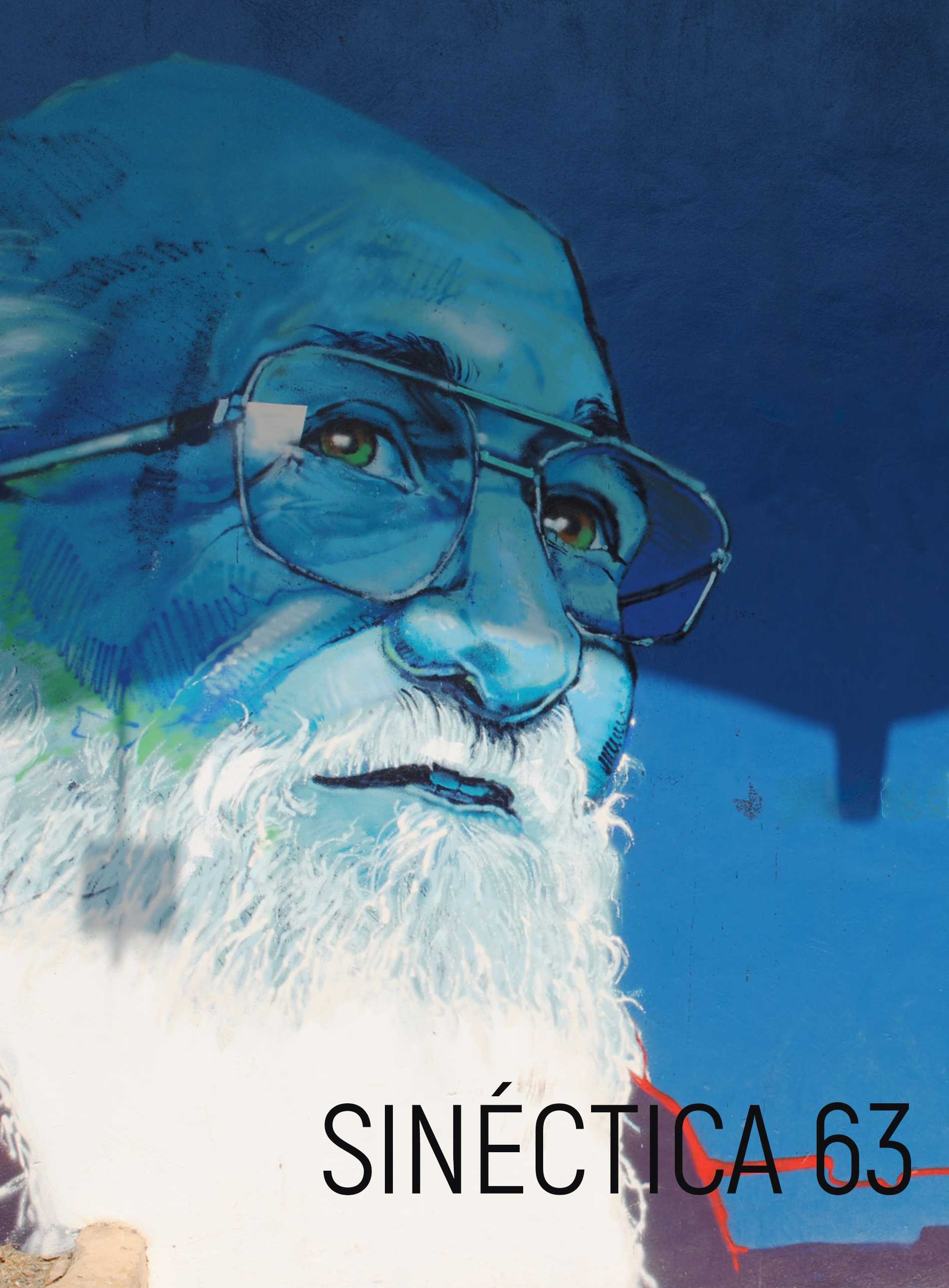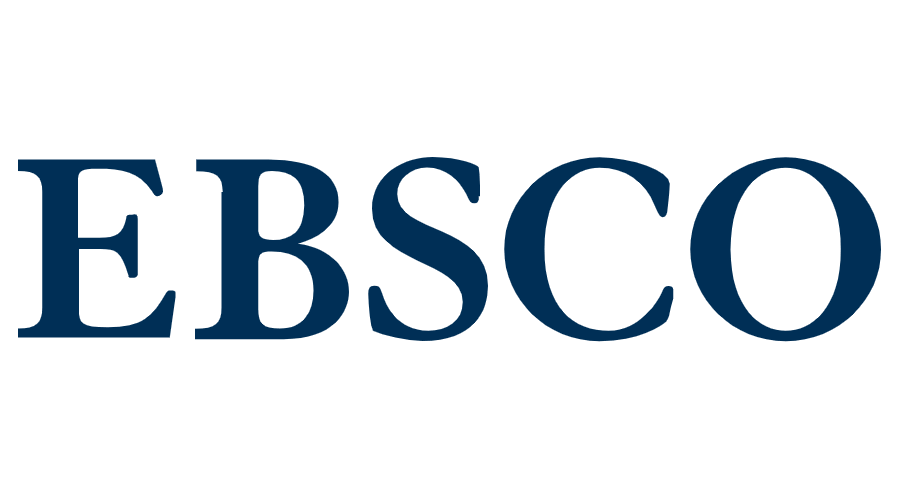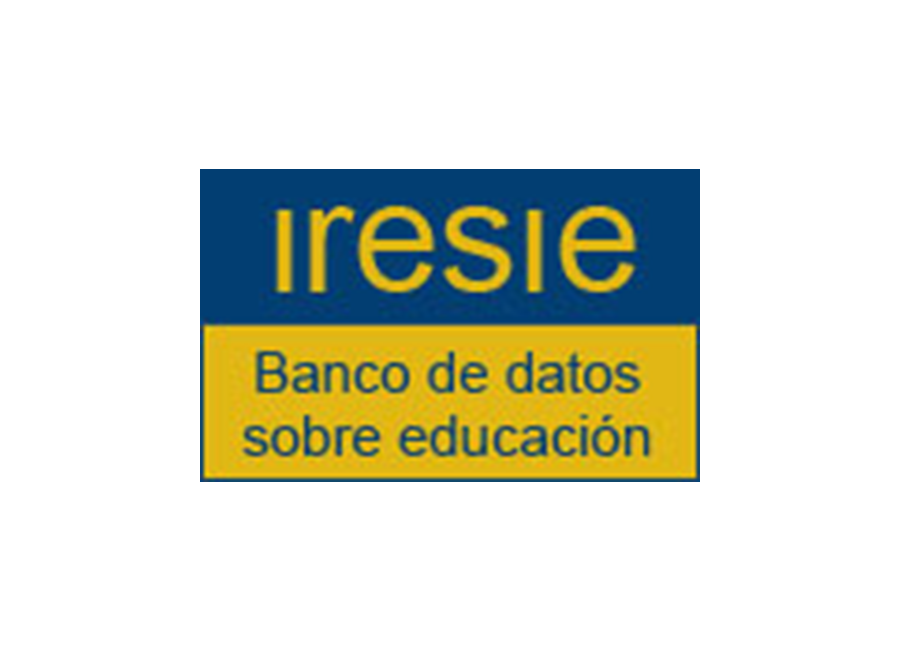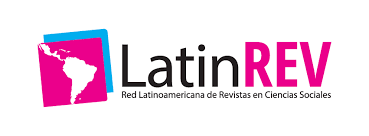Pre-service English teachers’ learning traits
DOI:
https://doi.org/10.31391/S2007-7033(2024)0063-014Keywords:
learning traits, pre-service teachers, teacher education, EFL teachingAbstract
The present study aimed to characterize a comprehensive learning profile of pre-service teachers at an English teacher education programme of a public university in Southeast Mexico. The learning attributes comprise their English entry level, learning strategies and styles, learning approaches, and learning preferences. The research design was non-experimental, descriptive transectional, with a single data collection procedure during the August 2023 term. Four learning scales and two placement tests were used to identify the predominant learning traits of the cohort studied. The results show a preference to use cognitive learning strategies more than any other type. In terms of learning styles, the findings show that most participants are primarily aural, but some students are bi- and even tri-oriented. In terms of their learning preferences, most students identified as analytical. Regarding learning approaches, most students typically employ a deep approach, which could be quite inadequate because they depend more on surface strategies.
Downloads
References
Alfan, E. & Othman, N. (2005). Undergraduate students’ performance: The case of university of Malaya. Quality Assurance in Education, 13(4), 329-343. https://doi.org/10.1108/09684880510626593
Alghamadi, A. (2016). Self-directed learning in preparatory-year university students: comparing successful and less-successful English language learners. English Language Teaching, 9 (7), 59-69.
Altmisdort, G. (2016). Assessment of language learners' strategies: Do they prefer learning or acquisition strategies? Academic Journals, 11 (13), 1202-2016. https://doi.org/10.5897/ERR2016.2755
Bada, E & Okan, Z. (2000) Students' Language Learning Preferences. TESL EJ, 4 (3), 1-15. https://www.tesl-ej.org/ej15/a1.html
Biggs, J. B. (1993). What do inventories of students’ learning processes really measure? A theoretical review and clarification. British J. Educ. Psychol., 63, 3-19.
Biggs, J. B. (1987). Student approaches to learning and studying. Edinburgh University Press.
Broadbent, J. & Poon, W. (2015). Self-regulated learning strategies & academic achievement in online higher educationlearning environments: A systematic review. The Internet and Higher Education, 27, 1-13.
Cassidy, S. (2004). Learning styles: An overview of theories, models, and measures. Educational Psychology, 24, 420-444. http://dx.doi.org/10.1080/0144341042000228834
Celce-Murcia, M. (2001). Teaching english as a second or foreign language. 3rd Edition. Heinle & Heinle Publisher.
Charry-Méndez, S. & Cabrera-Díaz, E. (2021). Perfil del estilo de vida en estudiantes de una Universidad Pública. Revista Ciencia y Cuidado, 18(2), 82-95.
Coffield, F., Moseley, D., Hall, E. & Ecclestone, K. (2004). Should we be using learning styles. Learning and Skills Research Centre.
Cohen, A. D., Weaver, S. J. & Li, T.-Y. (1996, June). The impact of strategies-based instruction on speaking a foreign language. http://carla.umn.edu/resources/working-papers/documents/ImpactOfStrategiesBasedInstruction.pdf
Cortés, T. & Birkner, V. (2023). Trazando el perfil de ingreso del estudiante universitario: un estudio de caso en la Universidad Silva Henríquez. Revista Invecom, 3(2), 1-20. https://doi.org/10.5281/zenodo.8146813
Creswell, J. W. (2003). Research design: Qualitative, quantitative, and mixed method approaches I (2nd ed.). University of Nebraska.
Dahlstrom, E. & Bichsel, J. (2014). ECAR study of undergraduate students and information technology, 2014 Educause Center for Analysis and Research. https://library.educause.edu/~/media/files/library/2014/10/ers1406.pdf
Dilek, G. & Nuray, N. (2015). Learning approaches of successful students and factors affecting their learning Approaches. Education and Science, 40 (179), 193-2016. https://doi.org/0.15390/EB.2015.4214
Dogan, E. & Tatsuoka, K. (2007). An international comparison using a diagnostic testing model: Turkish students’ profile of mathematical skills on TIMSS-R. Educational Studies in Mathematics, 68(3), 263-272. https//doi.org/10.1007/s10649-007-9099-8
Dórame, D. L., Ávila, M. Á. T. & Zayas, M. Y. T. (2021). Perfil de ingreso: características socioeducativas y familiares en estudiantes del primer año de universidad privada en Sonora, México. Praxis Investigativa ReDIE: revista electrónica de la Red Durango de Investigadores Educativos, 13(25), 40-54.
Entwiste, N. (1981). Styles of learning and teaching. John Wiley & Sons.
Estrada, G., Narváez, O. & Núñez, P. (2016). Profiling a cohort in the BA Degree in English at the University of Veracruz. In Paredes, B. & Chong (Eds.). Studies of Students Trajectories in Language Teaching Programs in Mexico. Publicaciones Académicas Plaza y Valdés.
Fernández-Cruz, E. B., & Narváez Trejo, O. M. (2021). The learning styles of pre-service teachers. CIEX Journ@l, 6(13), 31-41.
Freiberg Hoffmann, A. & Vigh, C. (2021). Enfoques de aprendizaje en estudiantes argentinos de nivel secundario y universitario. Diversitas: Perspectivas en Psicología, 17(1), 59-69.
Hall, T. (2002). Differentiated instruction. National Center. http://www.principals.in/uploads/pdf/Instructional_Strategie/DI_Marching.pdf
Horn, L., Nevill, S. & Griffith, J. (2006, April). Profile of undergraduates in U.S. Postsecondary education institutions: 2003–04 with a special analysis of community college students’ statistical analysis report. http://files.eric.ed.gov/fulltext/ED491908.pdf
Jourdan, C. E., Filippetti, V. A. & Lemos, V. (2022). Estrategias de aprendizaje y rendimiento académico: revisión sistemática en estudiantes del nivel secundario y universitario. Revista UNIANDES Episteme, 9(4), 534-562.
Kafadar, T. & Tay, F. (2014). Learning strategies and learning styles used by students in social studies. International Journal of Academic Research, 6 (2).
León-Sánchez, R. & Barrera-García, K. (2022). Enfoques y estilos de aprendizaje en estudiantes de psicología de una universidad pública en México. Revista Virtual Universidad Católica del Norte, (65), 102-136.
Marqués, D. V. D. A. P. & Días, C. (2010). (2010). The University as a knowledge reservoir – the comparative study of business and engineering undergraduate students’ profile of the Federal University of Goiás (UFG). http://eco.face.ufg.br/up/118/o/TD_021.pdf
Marton, F. & Säljö, R. (1976). On qualitative differences in learning: I. Outcome and process. British Journal of Educational Psychology, 46, 4-13.
Medina, N., Del Valle Díaz, S., Rioja Collado, N. & Cuadrado Borobia, J. (2023). Evaluación del aprendizaje profundo metacognitivo y autodeterminado en estudiantes universitarios. Retos: Nuevas Perspectivas de Educación Física, Deporte y Recreación, 48.
Merriam, S. b. (1998). qualitative Research and Case Study Applications in Education. Jossey-Bass Publishers.
Narváez Trejo, O.M., Pichardo Nieves, G. & García Vázquez, D. I. (2019). Pre-service teachers’ approaches to learning. Paper presented at the Congreso Internacional de Investigación en Linguistica Aplicada. Cozumel, Quintana Roo.
Nunan, D. (2013). Learner-centered english language education: The selected works of David Nunan. Routledge.
Nunan, D. (1992). Research methods in language learning. Cambridge University Press
Núñez, P., Rodríguez, M. & Marcial, S. (2016). Newly Admitted Students Profile in an English BA program: language proficiency, and learning styles and strategies. Paper presented at the Foro de Estudios en Lenguas Internacional, Universidad de Quintana Roo.
O’Malley, M. J. & Chamot, A. U. (1990). Learning strategies in second language acquisition. Cambridge University Press.
Oxford, R. (1990). Language learning strategies: What every teacher should know. Heinle & Heinle Publications.
Oxford, R. & Burry-Stock, J. (1995). Assessing the language learning strategies worldwide with the ESL/EFL version of the strategy inventory language learning. System, 23, 1-23. https://doi.org/10.1016/0346-251X(94)00047-A
Paredes, R. & Chong, W. (2015). Studies of student trajectories in language teaching programs in Mexico. Plaza y Valdés.
Pashler, H., McDaniel, M., Rohrer, D. & Bjork, R. (2009). Learning styles. Psychological Science in the Public Interest. https://doi.org/10.1111/j.1539-6053.2009.01038.x
Rodríguez-Guardado, M. del S. & Juárez-Díaz, C. (2023). Relación entre estilos de aprendizaje y estrategias volitivas en estudiantes universitarios de lenguas extranjeras. RECIE. Revista Caribeña de Investigación Educativa, 7(1), 123-141.
Sánchez-Cotrina, E. (2023). Estilos de aprendizaje y autorregulación en estudiantes universitarios de Educación. Revista Científica Episteme y Tekne, 2(1), e479-e479.
Seliger, H. & Shohamy, E. (1989). Second language research methods. Oxford Applied Linguistics.
Thorpe, M. & Loo, R. (2003). The values profile of nursing undergraduate students: Implications for education and professional development. Journal of Nursing Education, 42 (2) 83-90.
Tomlinson, C. A. (2017). Differentiated instruction. In Fundamentals of gifted education (pp. 279-292). Routledge.
Tomlinson, C. A., Brighton, C., Hertberg, H., Callahan, C. M., Moon, T. R., Brimijoin, K. y Reynolds, T. (2003). Differentiating instruction in response to student readiness, interest, and learning profile in academically diverse classrooms: A review of literature. Journal for the Education of the Gifted, 27(2-3), 119-145. https//doi.org/10.1177/016235320302700203
Torres-Zapata, Á. E., Acuña-Lara, J. P., Acevedo-Olvera, G. E. & Villanueva Echavarría, J. R. (2019). Caracterización del perfil de ingreso a la universidad. Consideraciones para la toma de decisiones. RIDE. Revista Iberoamericana para la Investigación y el Desarrollo Educativo, 9(18), 539-556.
Tulbure, C. (2012). Learning styles, teaching strategies and academic achievement in higher education: A cross-sectional investigation. Procedia-Social and Behavioral Sciences, 33 (1), 398-402. https://doi.org/10.1016/j.sbspro.2012.01.151
Universidad Autónoma del Estado de Hidalgo (s.f.). Perfil de ingreso y egreso from Licenciatura en Enseñanza de la Lengua Inglesa. https://www.uaeh.edu.mx/campus/icshu/investigacion/aala/lic_lenguainglesa/perfil_ingreso_egreso.html
Universidad de Guadalajara (2011). ¿Qué requisitos debo cubrir para ingresar a la licenciatura en docencia del inglés o didáctica del francés como lengua extranjera? http://www.cucsh.udg.mx/content/que-requisitos-debo-cubrir-para-ingresar-la-licenciatura-en-docencia-del-ingles-o-didactica-
Universidad Juárez del Estado de Durango (s.f.). Perfil de ingreso y egreso. Retrieved from Licenciatura en Docencia de Lengua Inglesa, http://escueladelenguas.ujed.mx/ledli/perfil-de-ingreso-y-egreso/
Universidad Nacional Autónoma de México (2016). Portal de Estadísticas Universitarias. http://www.estadistica.unam.mx/perfiles/
Universidad Nacional Autónoma de México (2012). FES Acatlán: Enseñanza de Inglés. http://www.acatlan.unam.mx/licenciaturas/205/
Universidad Veracruzana (2016). Información estadística Institucional. La UV en números. http://www.uv.mx/informacion-estadistica/files/2014/01/UVennumerosmarzo2016.pdf
Universidad Veracruzana (2016, January). Anuario 2015. Información Estadística Institucional-Universidad Veracruzana. http://www.uv.mx/informacion-estadistica/files/2014/01/Anuario-2015.pdf
Universidad Veracruzana (2012, November 15). Requisitos de ingreso para la Licenciatura en Enseñanza del Inglés (virtual)-Licenciatura en Enseñanza del Inglés (modalidad virtual). http://www.uv.mx/inglesvirtual/aspirantes/requisitos/
Valle Arias, A., González Cabanach, R., Núñez Pérez, J. C., Suárez Riveiro, J. M., Piñeiro Aguín, I. & Rodríguez Martínez, S. (2000). Enfoques de aprendizaje en estudiantes universitarios. Psicothema, 12(3), 368-375. https://reunido.uniovi.es/index.php/PST/article/view/7605
Wenden, A. & Rubín, J. (1987). Learning strategies in language learning. Prentice Hall International.
Willing, K. (1998). Teaching how to learn: Activity worksheets and teachers guide. NCELTR.
Yin, R. K. (2003). Case study research: design and methods. Sage Publications.
Zhou, M. (2011). Learning styles and teaching styles in College English Teaching. International Education Studies, 4 (1), 73-77. https://doi.org/10.5539/ies.v4n1p73
Downloads
Published
Issue
Section
License
Copyright (c) 2024 Sinéctica

This work is licensed under a Creative Commons Attribution-NonCommercial 4.0 International License.
This work is licensed under a Creative Commons Attribution-NonCommercial 4.0 International license.
Authors who publish in Sinéctica agree to the following terms:
The authors retain copyright and grant the journal the right of first publication of the authorized work simultaneously under a Creative Commons Attribution License, which allows others to share the work as long as both the authorship of the work and the initial publication in this journal are acknowledged.
Authors may enter into additional separate contractual agreements for non-exclusive distribution of the published version of the journal (e.g., publishing in an institutional repository or a book), with acknowledgement of initial publication in this journal.
Authors are allowed to publish their work in institutional repositories or on their own website before and during the submission process, as it may generate productive exchanges, as well as earlier and greater citation of the published work.
Explanatory note: As of 2017 Sinéctica is governed by the Creative Commons Attribution Non-Commercial 3.0 International License, a version that standardizes licenses internationally.
Articles published between 1992 and 2016 are covered by a Creative Commons Attribution-NonCommercial-NoDerivatives 4.0 International license, which allows a work to be shared and distributed non-commercially and with acknowledgement of the author, but prohibits modification of the original creation.























